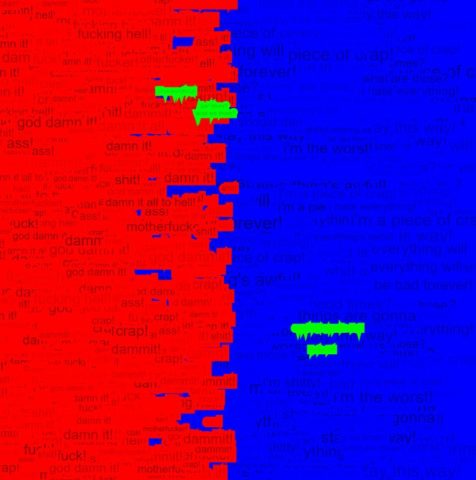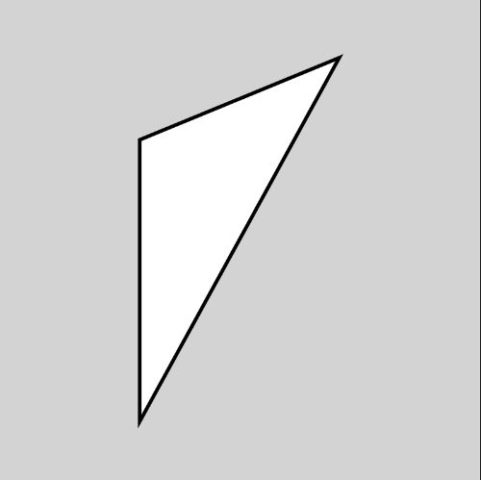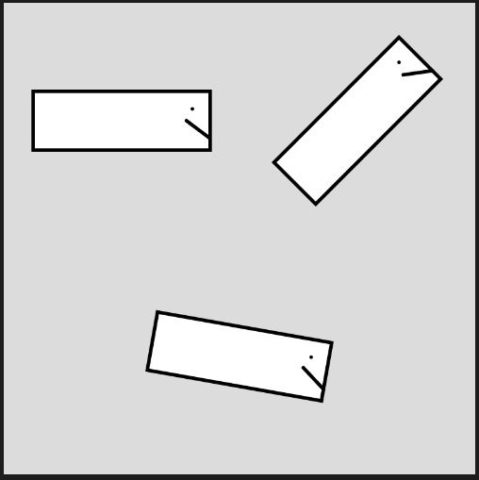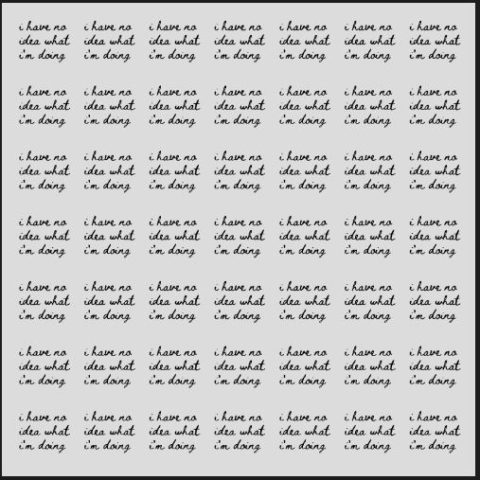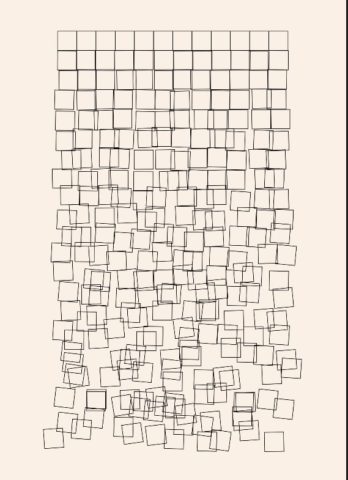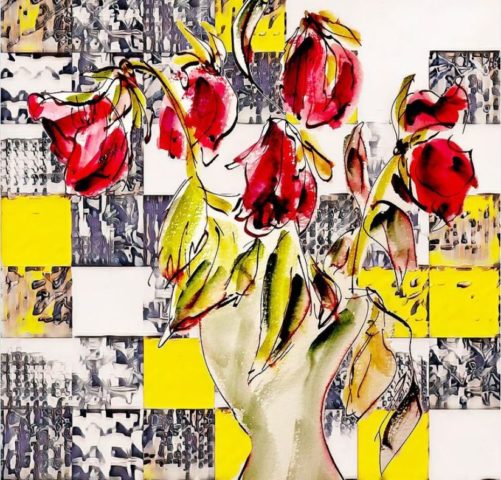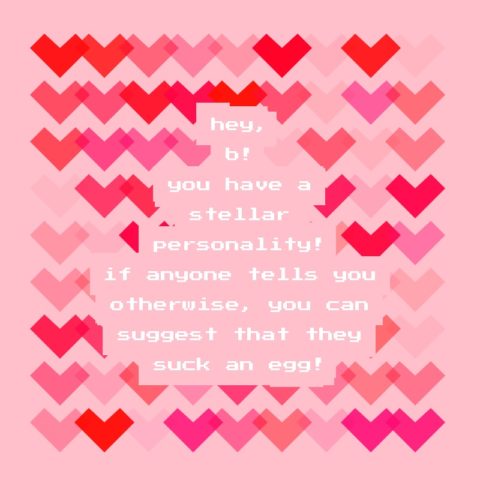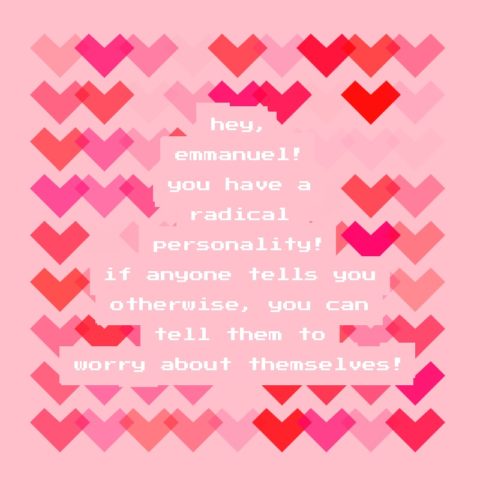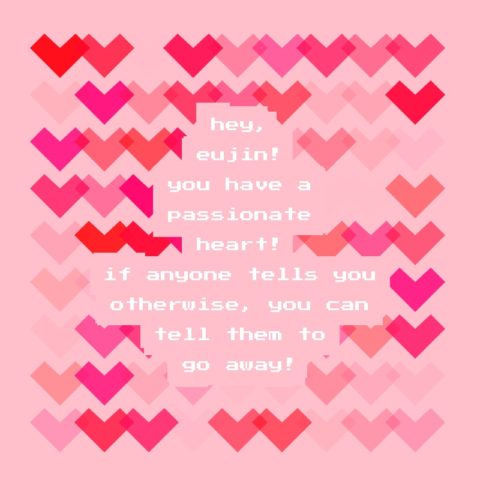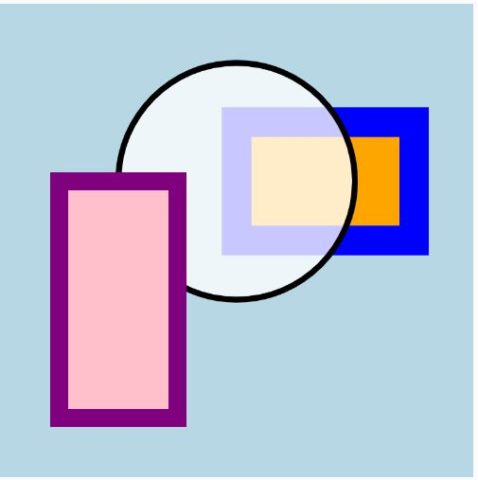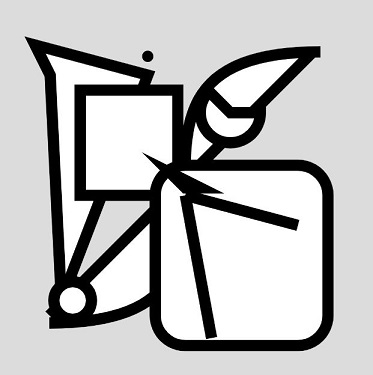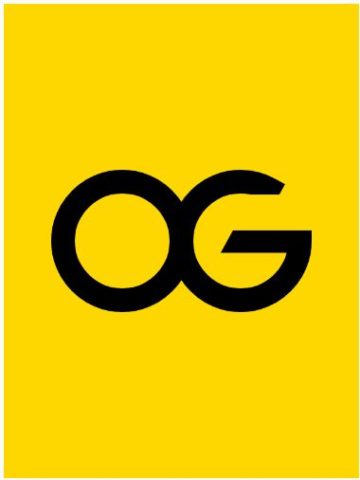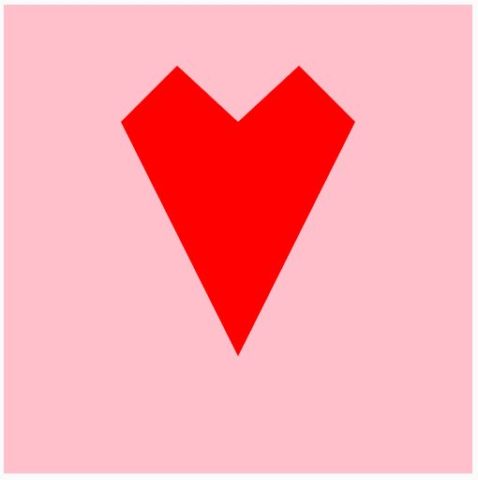I decided to take a look at the text article instead of the video. I like the way it begins by articulating the importance of the GIF in today’s culture, despite its reputation as something immature. When it moves past the Coraline trailer in its discussion of looping images on public transit, I question, “was this the work Golan intended to show us earlier, but he couldn’t find the exact documentation of it he was looking for?” but perhaps that is not it, as, like, I’m sure there are multiple “animations” that exist in transit tunnels. I like how the author states that frame-by-frame depictions are a way of offloading information onto a page. The article describes hypnosis and then exposure therapy–the discussion of the former made me consider the implications of EMDR therapy.
I’m sorry, I know this is a lot I’ll end it here?
